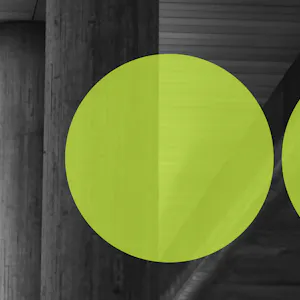Emerging threats

We support organisations striving to build a trustworthy, safe online environment where users can engage authentically in their communities.
Cross-sector corporatesWe support international government organisations and NGOs working to provide infrastructure or improve the capabilities, security and resilience of their nation.
International programmes and developmentWe support commercial organisations operating in a digital world, seeking to protect their reputation and prevent business disruption caused by cyber attacks and compliance breaches.
UK government and public sectorWe support UK government organisations responsible for safeguarding critical infrastructure, preserving public trust, and maintaining national security.



Last week, British comedian, Joe Lycett revealed he had successfully seeded four fake stories within the British press. Why? For the promotion of the second season of his show – Late Night Lycett. He revealed these stories had made the national news, including the BBC, Sky News, The Independent and ITV News. Prior to revealing the planted stories, he asked viewers to guess which recently outrageous or bizarre stories they thought could be the work of Lycett, using the hashtag #IsThisJoe. People speculated on recent national news stories that could have been the work of this campaign – the Glasgow Wonka experience? Katespiracy?
This announcement had people, myself included, questioning the legitimacy of what was in the news, just to see who was right. I was convinced it was this story about someone mistaking a hat bobble for a hedgehog and trying to nurse it back to life (yes really). However, I was proven wrong, and the four fake news stories included a bruise in the shape of Prince Harry, an apparent Banksy in Birmingham, a statue dedicated to a member of Steps and the fourth, I’ll leave you to Google yourself.
This stunt has garnered mixed reviews with journalists highly critical of this seemingly selfish and gimmicky trick, just for a TV show. The New Statesman branded the whole campaign as ‘self-serving’ and acknowledged that while media literacy and ‘fake’ news is a real problem, the stunt lacked any meaningful ways to educate the public or make any positive changes.
In January of this year, the UK’s trust in media continued to decline, and according to the Edelman Trust Barometer and its annual survey, trust has dropped from 37% in 2023 to 31% in 2024. It isn't hard to see why; online spaces continue to be hotbeds for misinformation, influence operations and the manipulation of opinions. People’s level of trust in news directly impacts their online behaviours and how they consume news, on and offline. Is this campaign by Lycett a bit of fun, designed to be light and breezy while engaging people further into a very real and dangerous problem of our modern times? Or does this type of stunt only serve to make people more paranoid about the truth of what they are reading.
Working in this sector, you know that the questioning of legitimate news sources goes hand in hand with conspiracies. Those at the core of dangerous conspiracy organisations, such as QAnon, fundamentally rally around their distrust in mainstream news sources. These groups even create their own ‘alternative’ news sources, using the internet as a base, where bias and misinformation are rife. I’m not saying that Lycett is about to begin his own alternative news program but this campaign begs the moral question of manipulating the UK news system for an advertising campaign. Especially at a time when trust in news organisations is at an all-time low, online misinformation is high and we are in a critical election year.
While I don’t think threat actors will take notes from Lycett soon, it has highlighted the ease in which the news can be manipulated. It should make us think about the echo chambers we are part of everyday, the ‘news’ we consume via Twitter and TikTok, and makes it even more important to question what we see online.
More about Protection Group International's Digital Investigations
Our Digital Investigations Analysts combine modern exploitative technology with deep human analytical expertise that covers the social media platforms themselves and the behaviours and the intents of those who use them. Our experienced analyst team have a deep understanding of how various threat groups use social media and follow a three-pronged approach focused on content, behaviour and infrastructure to assess and substantiate threat landscapes.
Disclaimer: Protection Group International does not endorse any of the linked content.

Last week, the WeProtect Global Alliance launched their flagship biennial report, the Global Threat Assessment 2025 (GTA25).

PGI has officially been recognised as an Assured Cyber Advisor by the UK’s most trusted cyber security body, the National Cyber Security Centre (NCSC).

“The question is not whether AI will influence international peace and security, but how we will shape that influence.